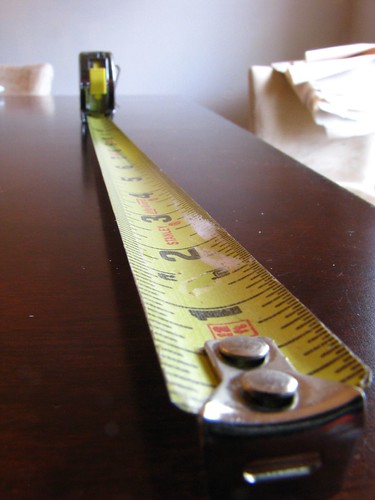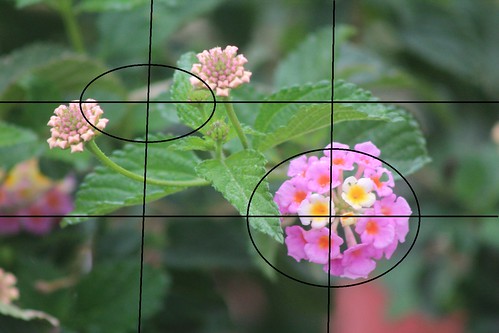Rules Of Composition In Photography
While there are not technically “rules” of composition in photography, there are some strong suggestions to follow. Simply pointing your camera at an attractive scene and hoping to convey the drama in front of you simply isn’t enough.
So, in this article I will describe the top rules of composition in photography.
- Rule Of Thirds – To figure out rule of thirds in your image, you can imagine your image divided into three segments both horizontally and vertically. You can try to place significant aspects in your scene within each segment. Pulling this off well can add a sense of balance to your photo. There are actually DSLR cameras which have the option to place a rule of thirds grid in the viewfinder or LCD screen, which can make it easier to follow this rule, at least in the beginning. However, you should with practice be able to compose your image without help from the grid.
- Leading Lines – Since our eyes will naturally follow lines in a scene or photograph, we can use this to our advantage in photography. Use this to draw the eyes to the subject or to express the concept of traveling through the scene.
- Symmetry and Pattern – While it can be interesting to have a shot with perfect symmetry or a repeating pattern, this effect can also backfire and be a bit boring or unpredictable. Sometimes it can be much more interesting to have a symmetrical shot which is broken up by some sort of discord or irregularity.
- Viewpoint – The precise viewpoint we choose to shoot a scene from can ultimately have a profound effect on the quality of the composition. Fore example, shooting from above can perhaps make the subject appear diminutive, just like shooting from below can lend dramatic height to the subject. So, it is a good idea to think about what viewpoint would best convey the scene. Should you shoot from above, below, at an angle, far away, or close up?
- Background – While the human eye is great at picking out separate elements from a scene, a camera tends to have a flattening effect, which can ruin the composition. So, you have to think about not only composing the subject, but about what is going on the background as well. If at all possible remove any distracting and/or unwanted elements before pressing the shutter button.
- Depth – Our eyes see three dimensionally, but the camera is two dimensional. So, we have to create the sense of a three dimensional scene with our composition. One way to add depth in photography, is to have objects/subjects in the foreground, middle-ground, and background of the scene. Also, overlapping some elements can help the eyes to interpret depth in a scene.
- Cropping – Whenever possible, it is best to “fill the frame” with your subject. If there is too much space around the subject that is not serving a compositional purpose, your subject can appear lost and won’t get the attention it deserves.
With the advent of digital photography, we have much more license to experiment, and therefore make mistakes than we did in the days of film. Also, images can be cropped, and distracting elements can be removed, in photo editing software such as Photoshop. However, I was taught to “get it right” the first time, and I do practice this whenever possible.
I hear people say that composing the photo in the camera just doesn’t matter, now that we can just “Photoshop” it. I happen to think that this is just plain wrong. While I do sometimes crop my images a little bit in Photoshop to improve composition or to remove elements, there is so much that would be lost if I paid no attention to the composition of my shot prior to pressing the shutter button.
So, as I mentioned in the beginning of this article, there are no actual “rules” of composition in photography, but there are some suggestions that can dramatically improve the visual impact of your photos.
To finish this article, here is a quote I enjoy from Bill Brandt (1904 – 1983):
“Photography is not a sport. It has no rules. Everything must be dared and tried!”




